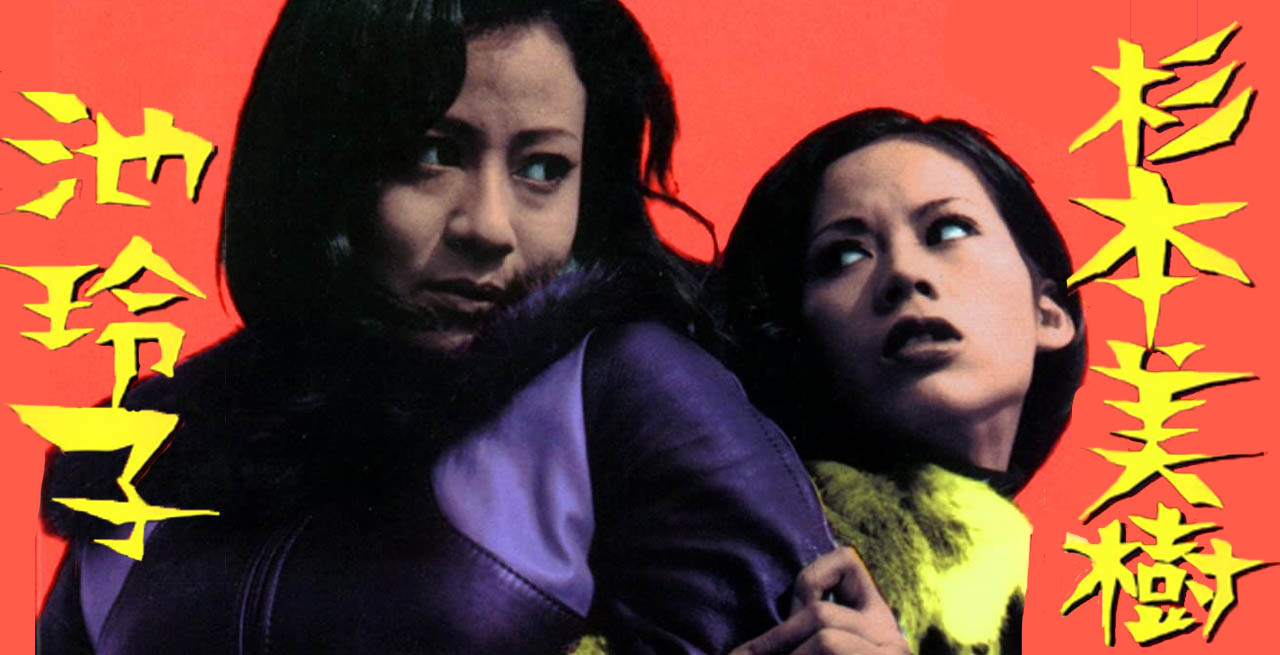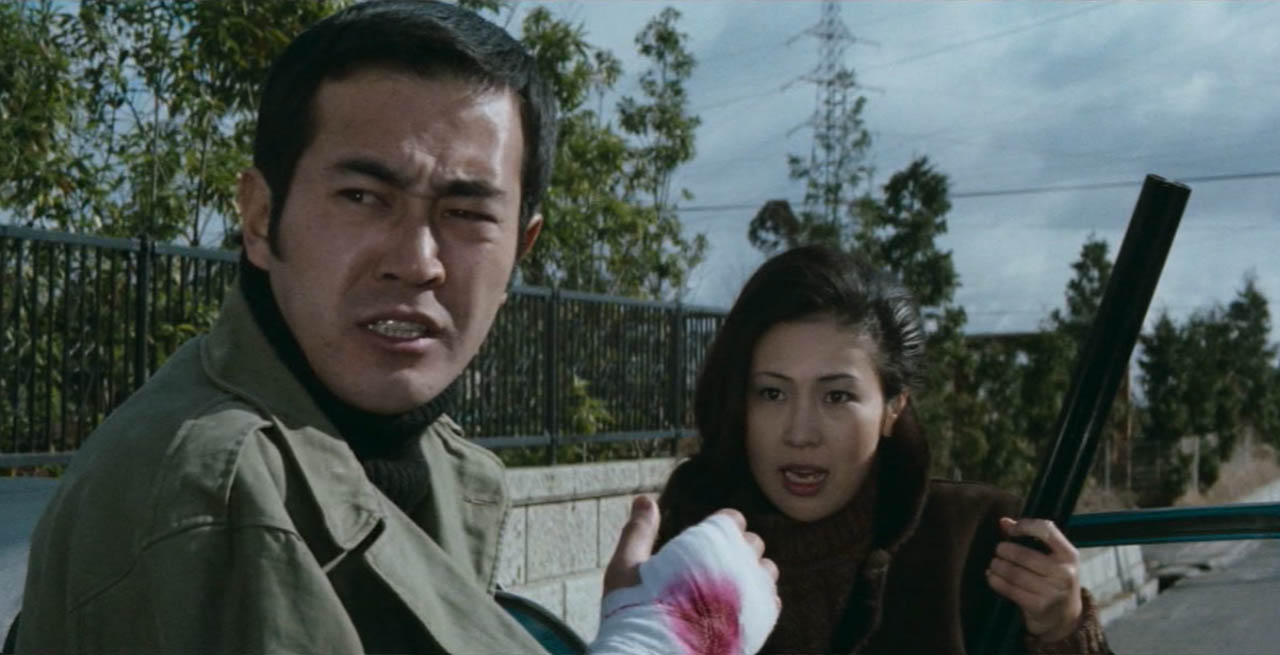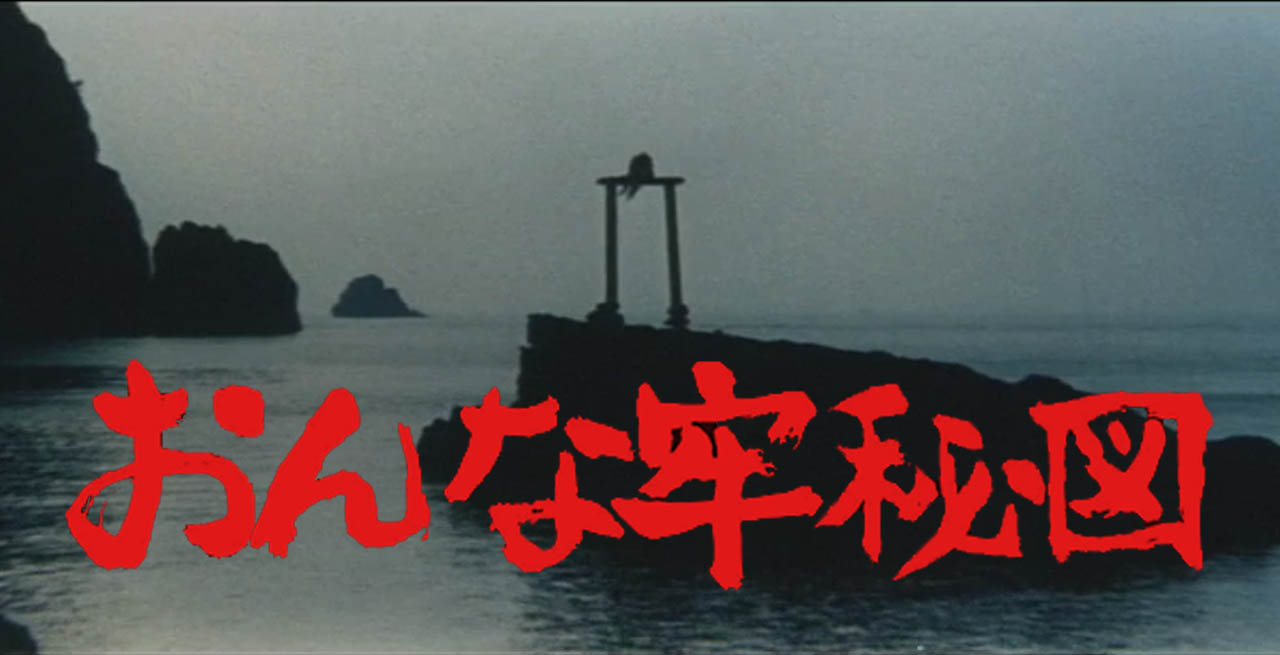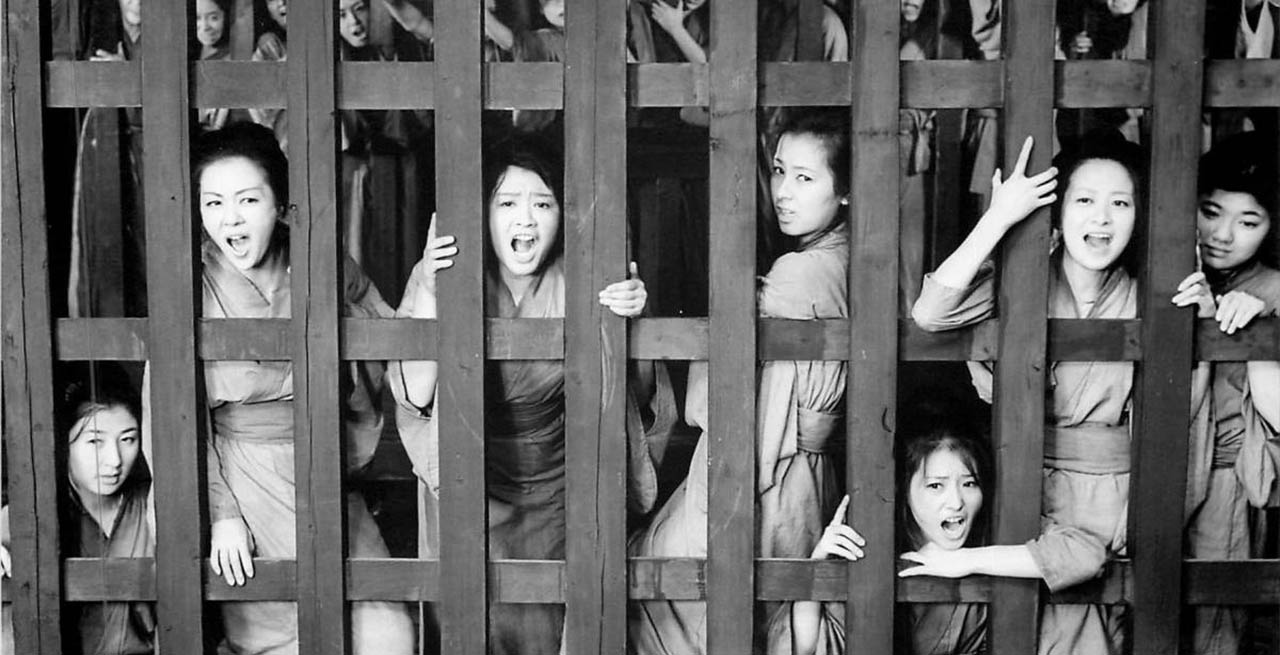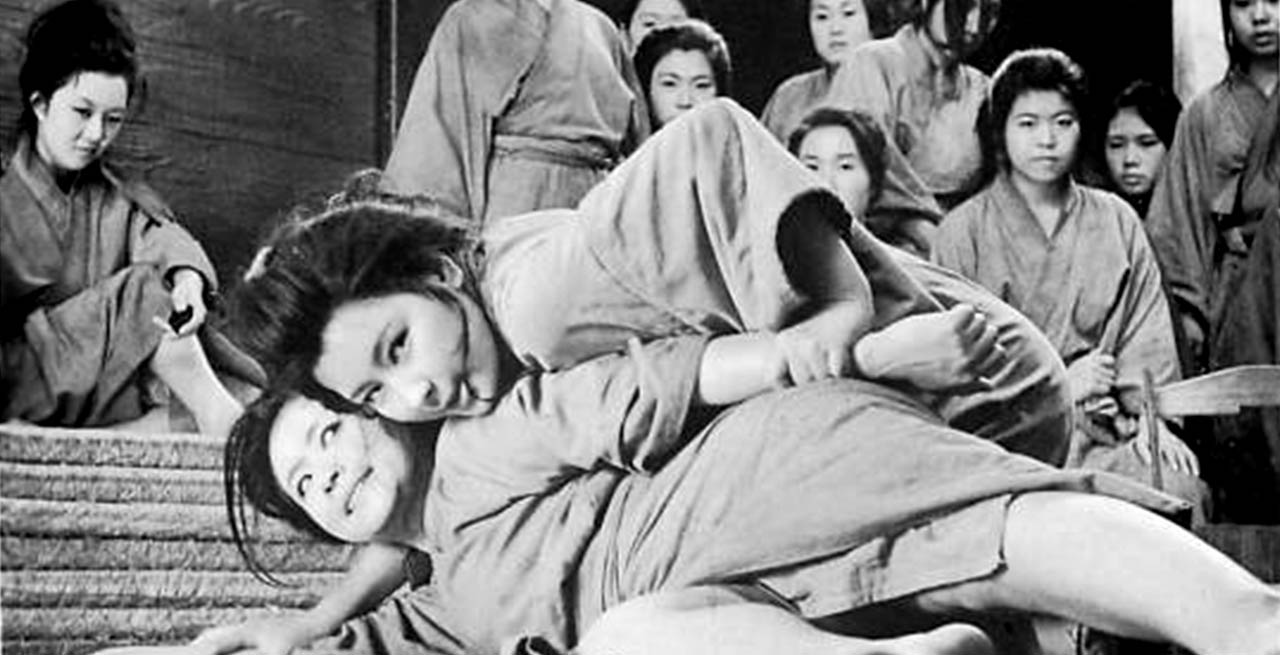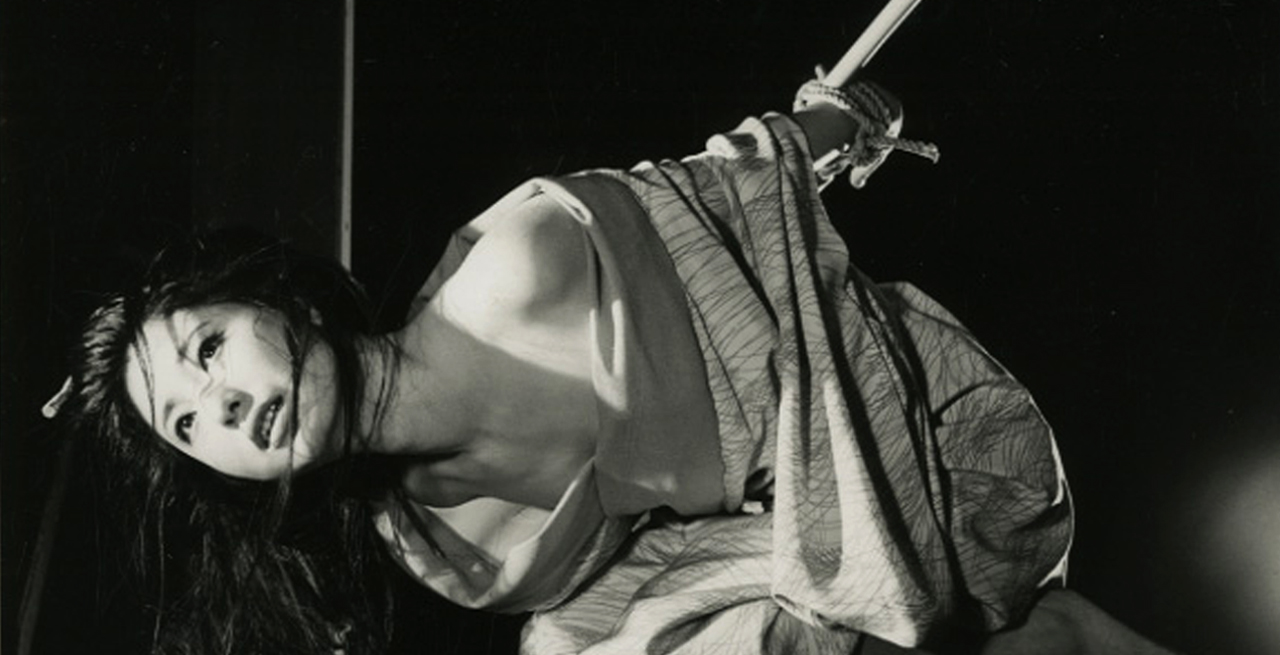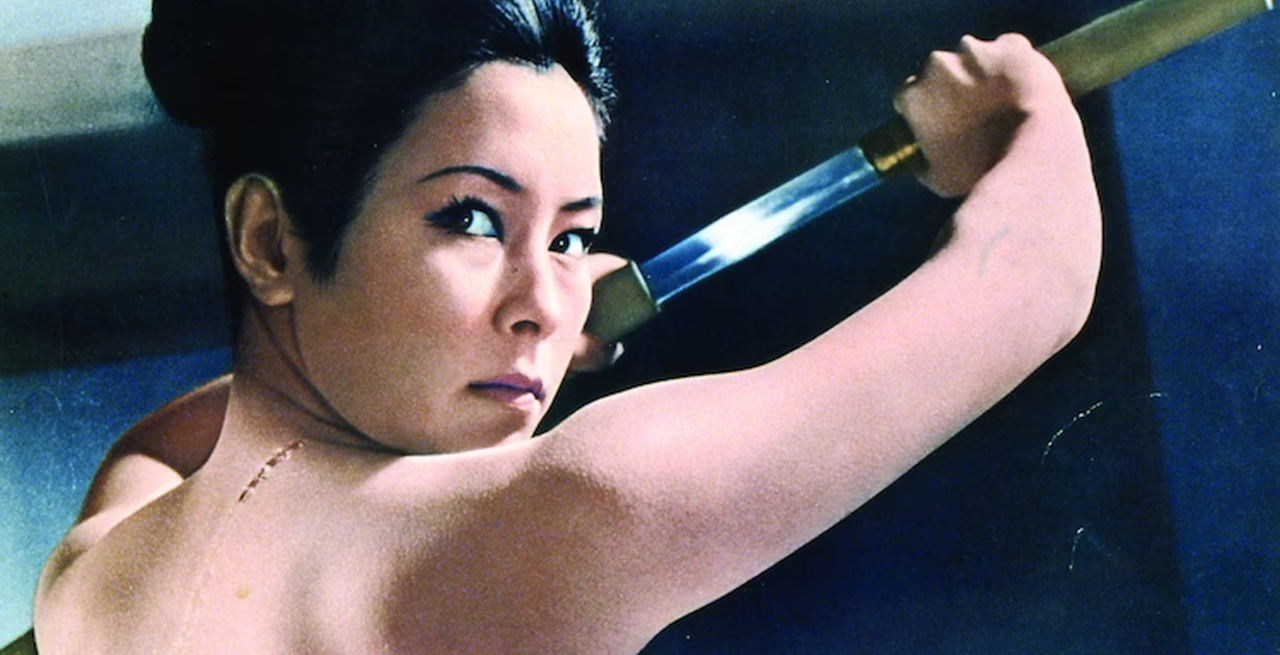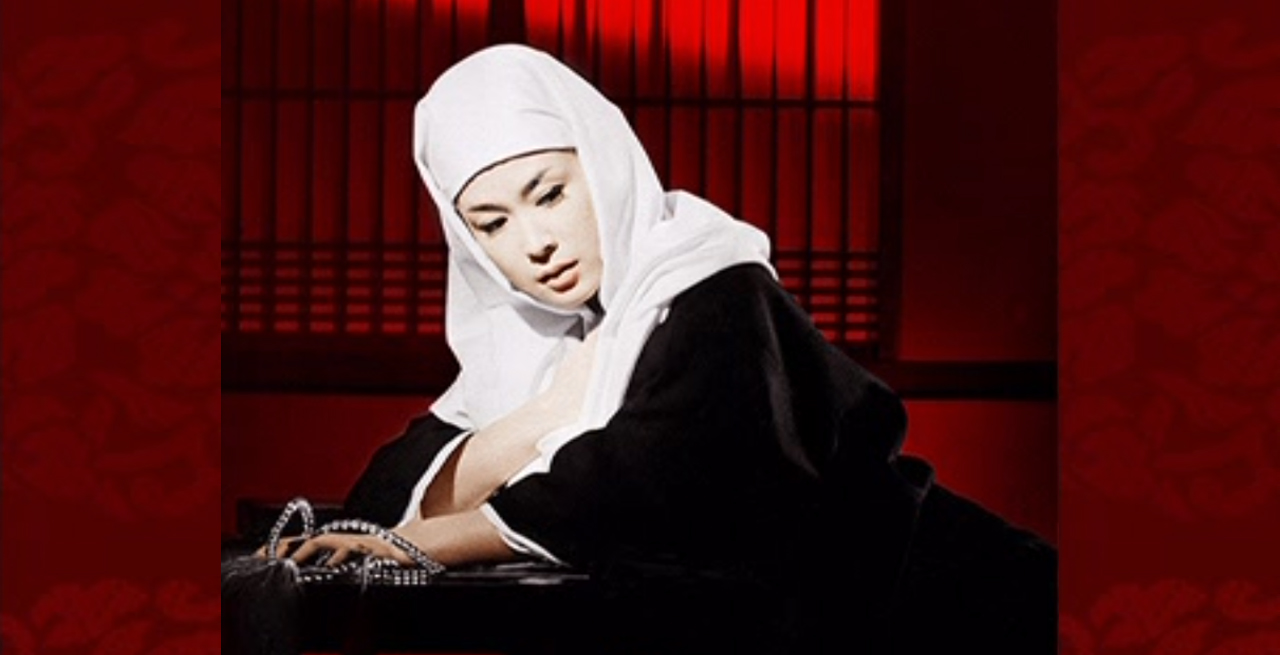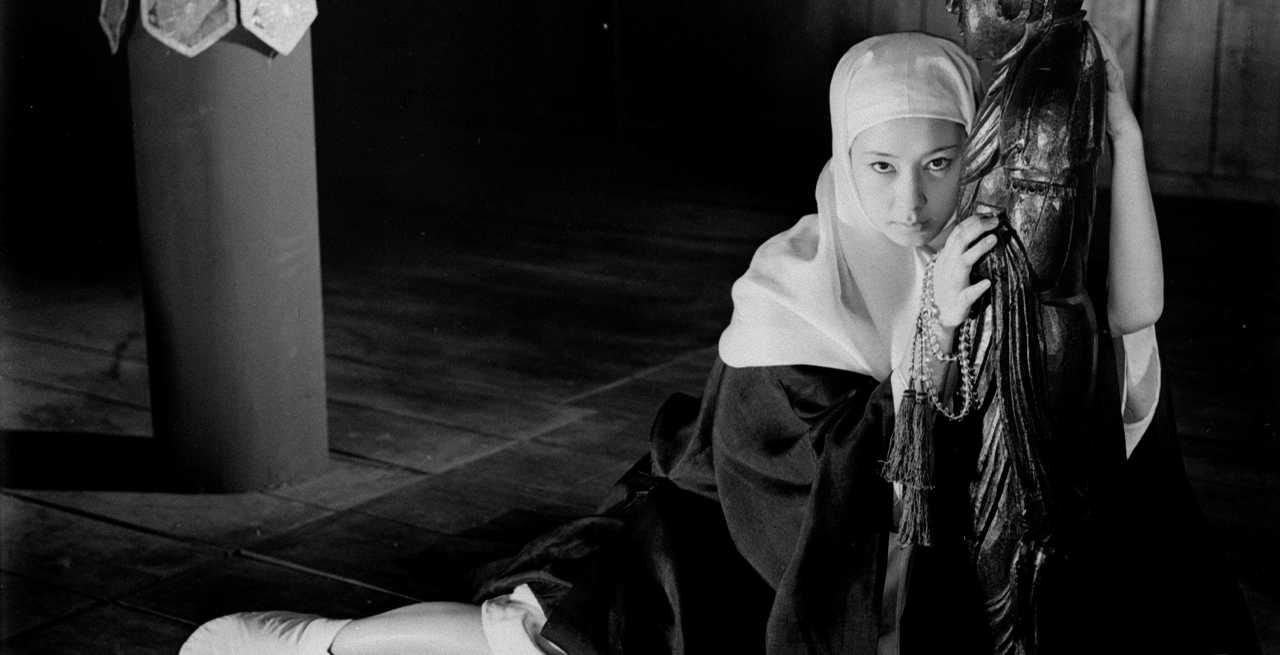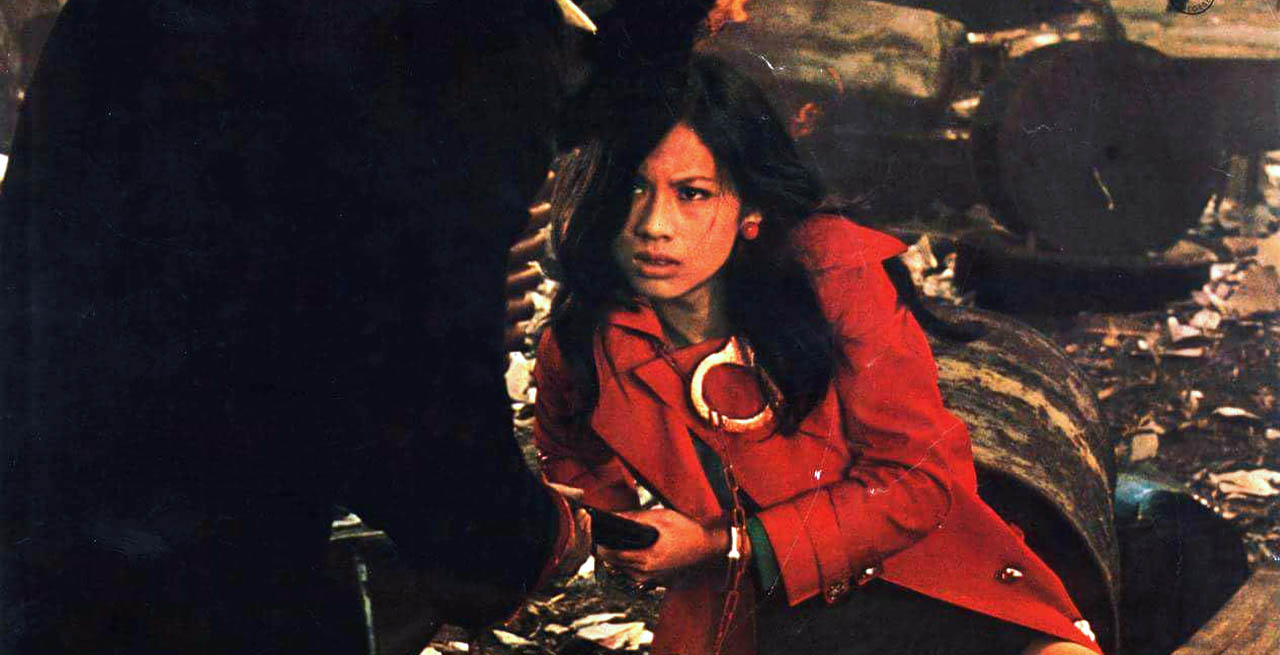
Despite other studios seeing success with their own manga adaptations, Toei had always been hesitant when taking such a leap. That all changed in 1972 with Toru Shinohara’s Female Prisoner Scorpion. With its action and grit honed by one of the upcoming masters of action manga, complemented by director Shunya Ito‘s own political and avant-garde
